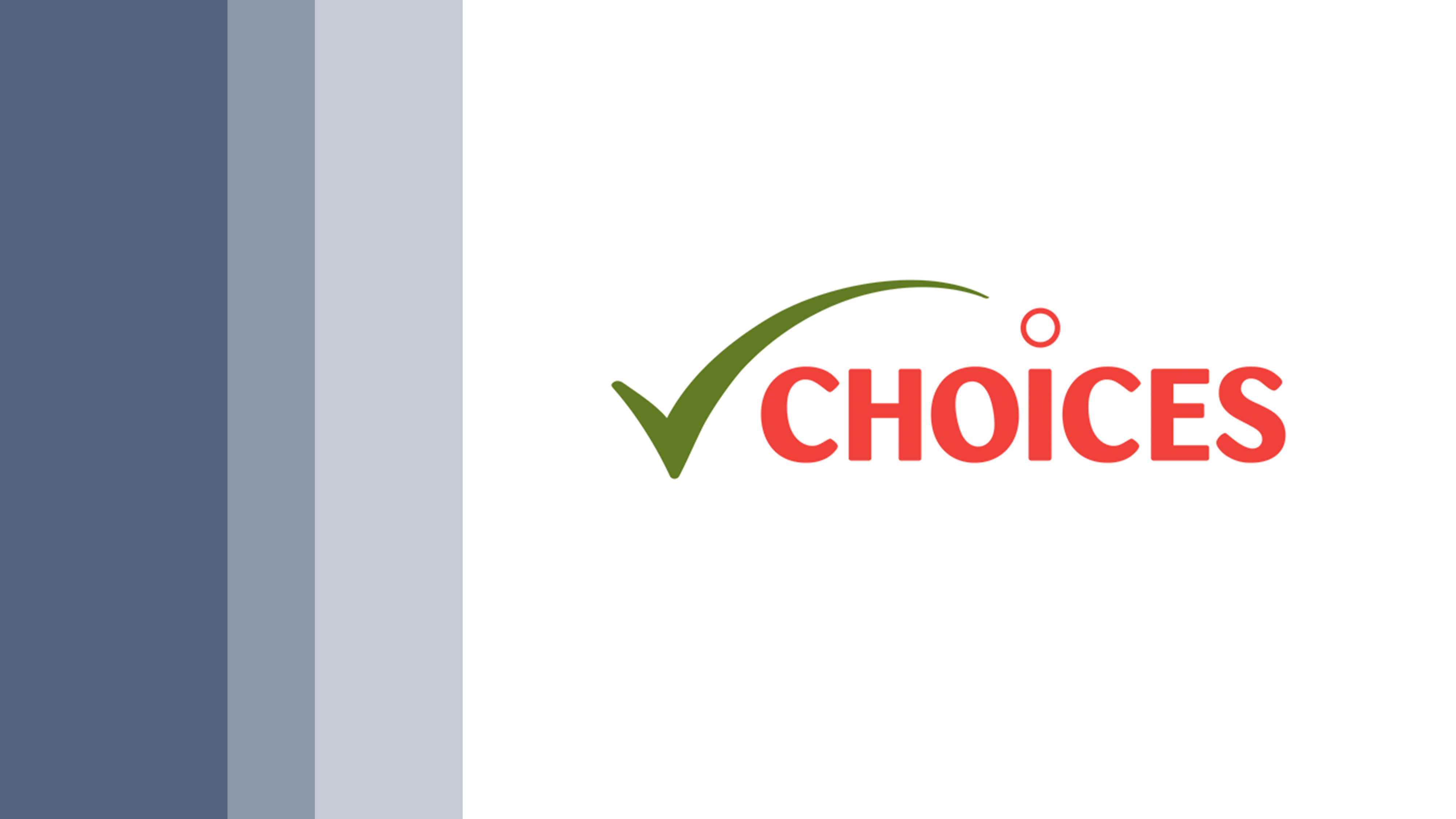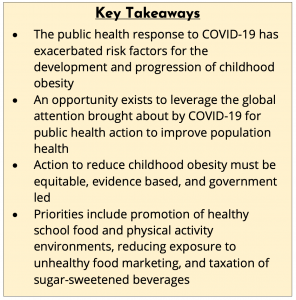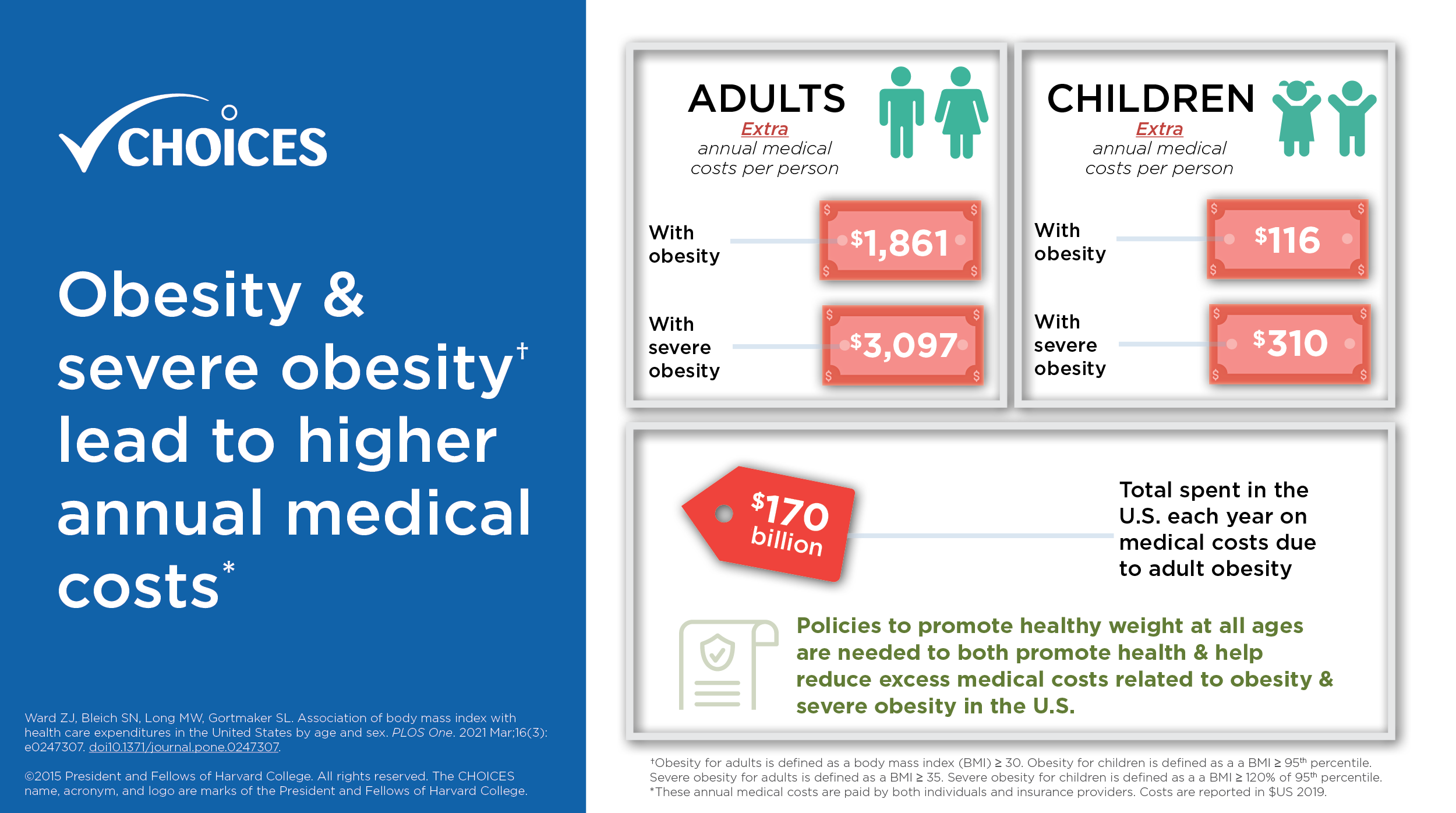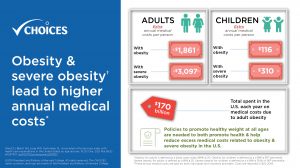
This study examines severe obesity prevalence among US adults by sociodemographic characteristics and by state after adjusting for self-report bias.
Zhao L, Park S, Ward ZJ, Cradock AL, Gortmaker SL, Blanck HM. State-Specific Prevalence of Severe Obesity Among Adults in the US Using Bias Correction of Self-Reported Body Mass Index. Prev Chronic Dis. 2023 Jul;20. doi:10.5888/pcd20.230005
Abstract
Introduction
Adults with severe obesity are at increased risk for poor metabolic health and may need more intensive clinical and community supports. The prevalence of severe obesity is underestimated from self-reported weight and height data. We examined severe obesity prevalence among US adults by sociodemographic characteristics and by state after adjusting for self-report bias.
Methods
Using a validated bias-correction method, we adjusted self-reported body mass index (BMI) data from the 2020 Behavioral Risk Factor Surveillance System (BRFSS) by using measured data from the National Health and Nutrition Examination Survey. We compared bias-corrected prevalence of severe obesity (BMI ≥40) with self-reported estimates by sociodemographic characteristics and state.
Results
Self-reported BRFSS data significantly underestimated the prevalence of severe obesity compared with bias-corrected estimates. In 2020, 8.8% of adults had severe obesity based on the bias-corrected estimates, whereas 5.3% of adults had severe obesity based on self-reported data. Women had a significantly higher prevalence of bias-corrected severe obesity (11.1%) than men (6.5%). State-level prevalence of bias-corrected severe obesity ranged from 5.5% (Massachusetts) to 13.2% (West Virginia). Based on bias-corrected estimates, 16 states had a prevalence of severe obesity greater than 10%, a level not seen in the self-reported estimates.
Conclusion
Self-reported BRFSS data underestimated the overall prevalence of severe obesity by 40% (5.3% vs 8.8%). Accurate state-level estimates of severe obesity can help public health and health care decision makers prioritize and plan to implement effective prevention and treatment strategies for people who are at high risk for poor metabolic health.
Funding
The work of Drs Ward, Cradock, and Gortmaker was supported in part by grants from The JPB Foundation, the National Institutes of Health (R01HL146625), and CDC (U48DP006376). The findings and conclusions in this report are those of the authors and do not necessarily represent the official position of CDC or other funders. No copyrighted materials were used in this research.





